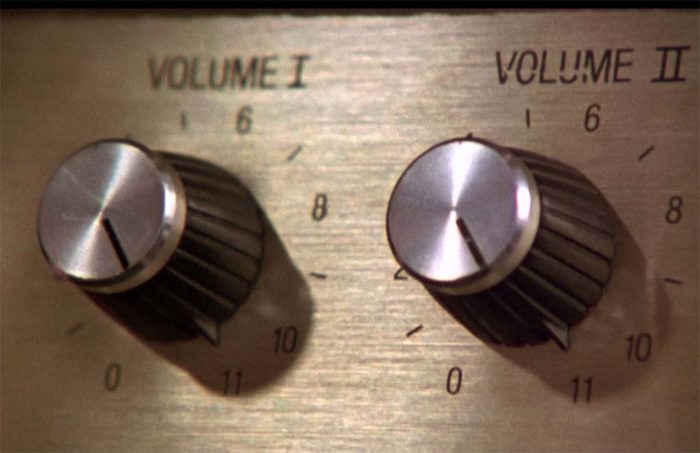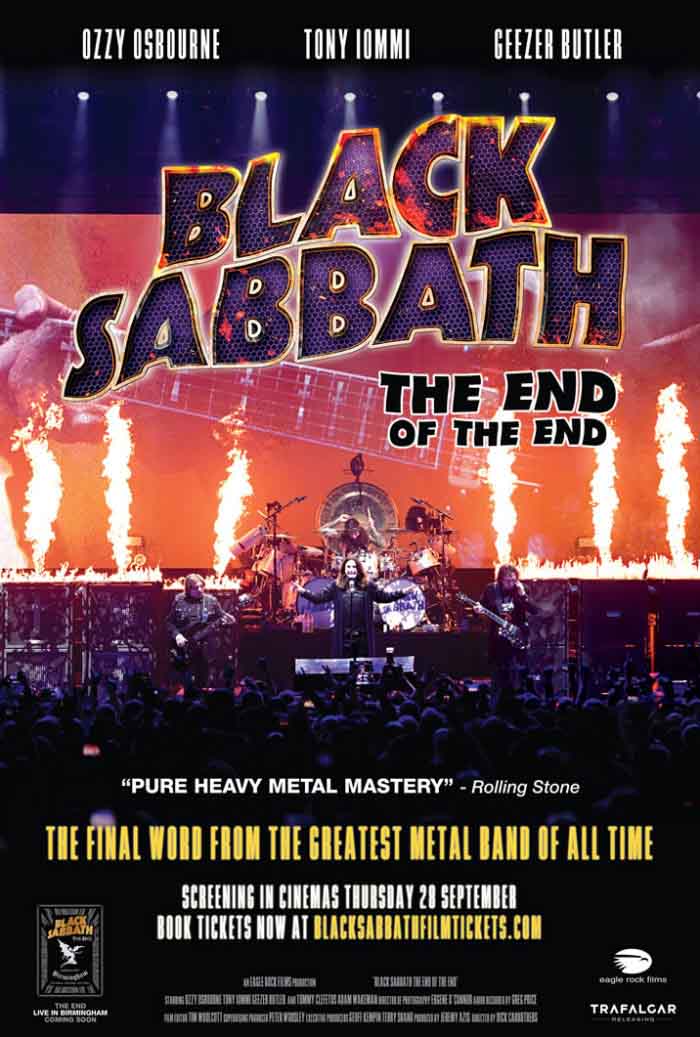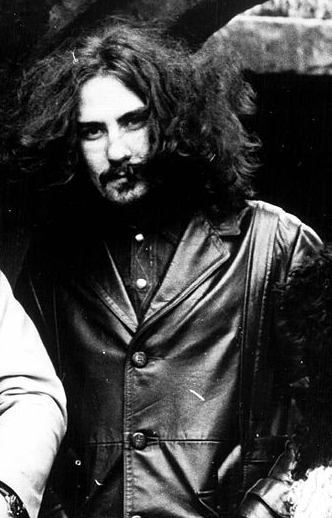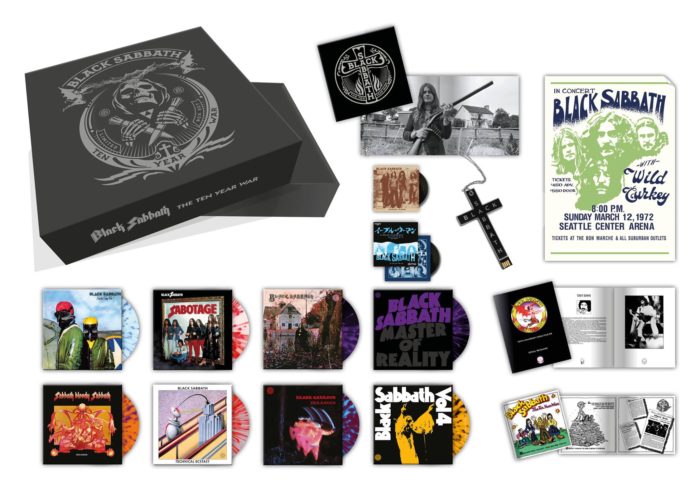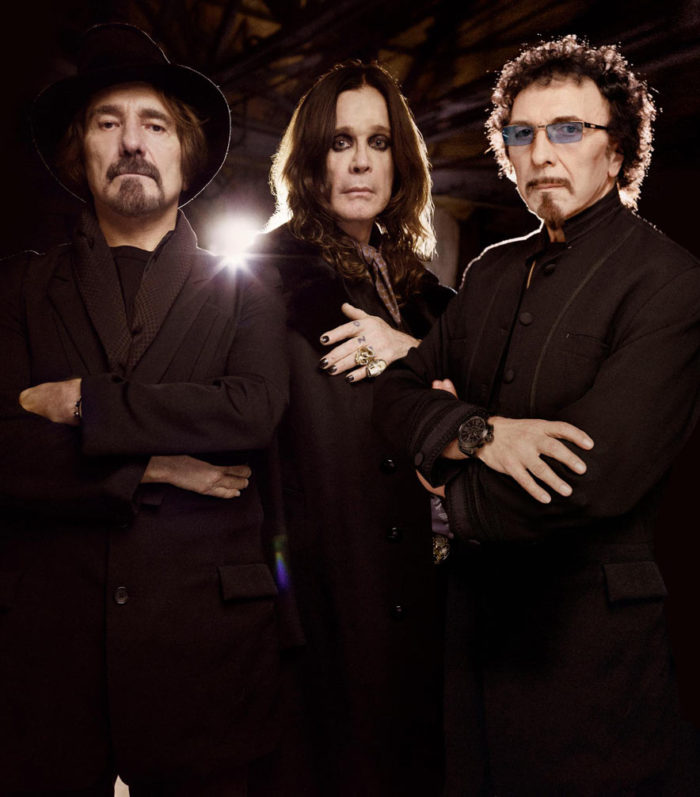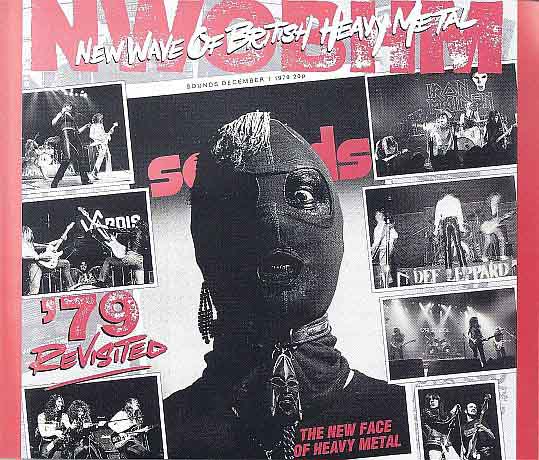
Metal was born of the fusion of heavy rock, horror music, progressive rock and the nascent proto-punk movement. The history of rock is the history of rebellion and rule-breaking: from Friedrich Liszt making his strings break live at key moments on purpose, to Jerry Lee Lewis lighting the piano on fire, to the Beatles with their hairstyles and jackets which were radical for the time, to the Doors being suggestive on the Ed Sullivan show, through Hendrix burning his guitar, to Kiss being super-sexual and painting their faces, to Black Sabbath who sang about Satan and magic, to Metallica who combined neoclassical with thrash and had a hard-partying image, to Slayer’s seemingly outright Satanism. Metal is about taking things one step further, breaking the rules and being unique. Not about following them.
Good music aims for a grade of “A” by experimenting and breaking the rules, but in doing so, takes the chance that it will get an “F.” Think of good music as Icarus: he flies toward the Heavens (or in the case of metal: towards hell) aware he is taking a big chance. He may well crash and burn to the ground in pursuit of his musical ideals. It’s a risk Icarus is willing to take.
Today we have way, way too many bands following all the rules of their genre, and not enough acts pressing ahead. When I look at my local scene it is clear that the bands who have stayed together a long while, while following the rules of their genre, are the bands who have been most successful. Most of these bands have decent music and are listenable. But its not stuff I want to listen to more than once, or see live more than once. This is the curse of local bands: competent, good at following trends, but not so good that they break out and become emblematic of those trends.
(more…)
63 CommentsTags: average, black sabbath, conformity, Heavy Metal, idiocracy, trends
